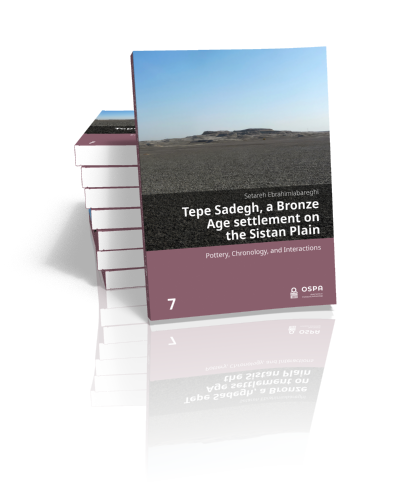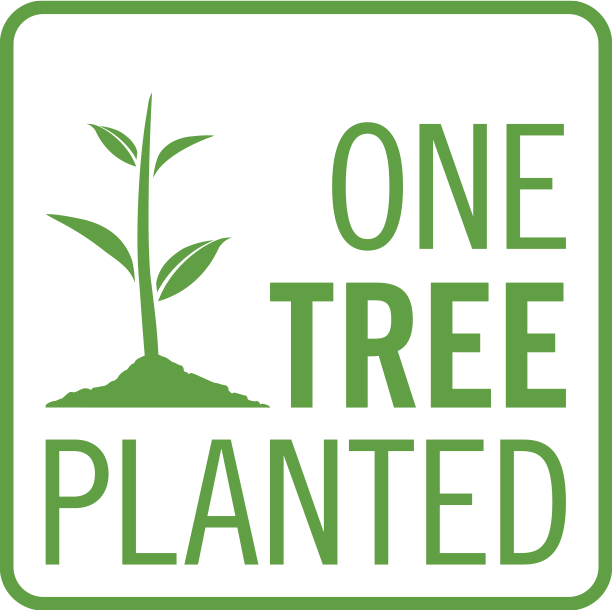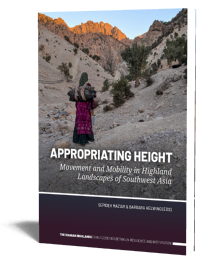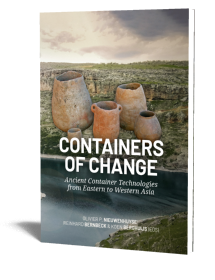Abstract:
This book offers the first comprehensive analysis of the typology and chronology of pottery from Tepe Sadegh, located on the Sistan Plain of southeastern Iran. Tepe Sadegh, a suburban settlement situated 75 km southeast of Zabol and 13 km southwest of the prominent Bronze Age site Shahr-i Sokhta, serves as one of its satellite settlements. Shahr-i Sokhta, a UNESCO World Heritage site and one of the largest Bronze Age urban centres in the region, spans four distinct periods of occupation over nearly 1,200 years. The hot, arid climate of Sistan has been particularly favourable for preserving organic and ceramic samples, enabling detailed studies of chronology.
Pottery, a cornerstone of human culture from the Neolithic era to the present, is a critical tool in archaeological research. The classification of ceramic styles and their similarities or differences provides insights into cultural change and interactions. Before this study, the pottery of Tepe Sadegh was poorly documented, and limited research had been conducted on the satellite sites of Shahr-i Sokhta. By addressing this gap, the study not only enhances understanding of Tepe Sadegh’s cultural evolution but also contributes valuable data to the broader understanding of the Bronze Age in Eastern Iran.
By analysing materials such as pottery and radiocarbon-dated charcoal from Tepe Sadegh, this research establishes both a relative and absolute chronological framework. Absolute dating is complemented by comparative analysis with other Indo-Iranian Bronze Age sites, yielding a revised chronology for the period. These findings illuminate the cultural sequences of the region, the process of urbanization, and the increasing socio-cultural complexity of the Sistan Plain during the Bronze Age.
Contents
Foreword (by Albert Hafner, Rouhollah Shirazi)
Acknowledgment
Deutsche Zusammenfassung
English Summary
Persian Words Based on TAVO
1. Introduction and Environmental Context
1.1 Introduction
1.2 History of Research in Shahr-i Sokhta
1.3 Methodology
1.4 Natural Environment and Geographical Conditions of Sistan and Baluchistan
2. Chrono-Cultural Framework and Archaeological Sites
2.1 The Chrono-Cultural Framework of the Iranian Plateau and the Neighbouring Regions
2.2 Sistan
2.3 Baluchistan
2.4 Kerman Province
2.5 Afghanistan
2.6 Pakistan
2.7 Central Asia
3. Excavations at Tepe Sadegh
3.1 Tepe Sadegh
3.2 Method of Excavation
4. Pottery Analysis of Tepe Sadegh
4.1 Pottery of Tepe Sadegh
4.2 Typology
5. Chronology and Dating
5.1 Chronology
5.2 Radiocarbon Dating
5.3 Absolute Chronology of Comparable Sites
6. Synthesis and Conclusion
6.1 Synthesis
6.2 Chronology
6.3 Conclusion
Appendix
Repository, Data Collection
Drawings of Significant Potsherds of Tepe Sadegh
Bibliography


Dr.
Setareh Ebrahimiabareghi
Setareh Ebrahimiabareghi completed her undergraduate studies at Sistan and Baluchistan National University in Zahedan, Iran, and subsequently obtained a master’s degree from Deccan College in Pune, India. She earned her PhD in the Department of Prehistory at the University of Bern, Switzerland, where she conducted her research from 2018 to 2022. Currently, she serves as a research assistant at the University of Bern. Her primary research focus is on the Chalcolithic, Bronze Age, and Iron Age of Western Asia.
read more











